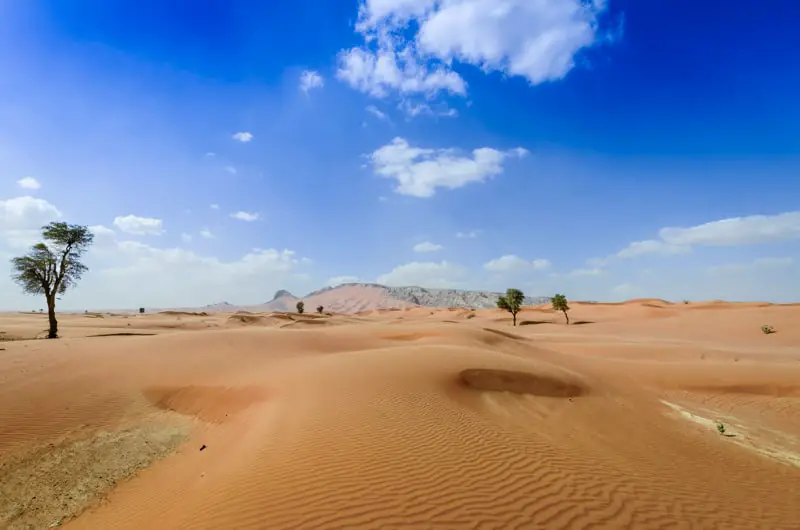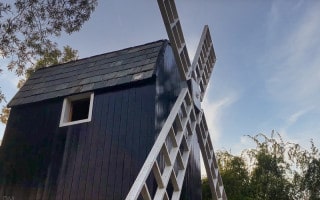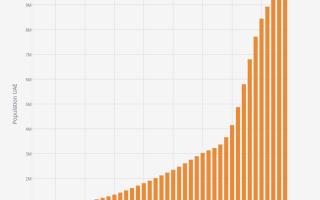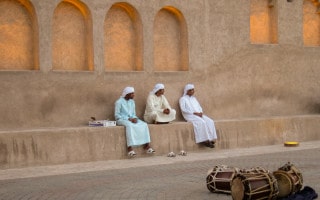In 2009 the ghaf tree was declared the national tree of the United Arab Emirates (UAE).
It is an evergreen, flowering tree able to withstand the harsh desert environment of the UAE. Adult trees are usually 3 to 5 metres tall. Leaves are small to minimise loss of water due to evaporation.

The scientific name of the ghaf tree is Prosopis cineraria. It is part of the Fabaceae family of flower plants (more commonly known as the pea or bean family).
Ghaf trees are phreatophytes; deep-rooted plants that obtain their water from the water table. Presence of the ghaf tree indicates underground water. Its roots can tap water from supplies as deep as 30 metres.
Trees flower twice each year; March to May and October to January. Seed pods form soon after flowering.
The ghaf tree is native to the UAE and countries such as Bahrain, India, Iran, Oman, Pakistan, Saudi Arabia, and Yemen.
The ghaf tree is found mainly in ‘forests’ of thinly dispersed trees. Forest locations in Dubai include Mushrif Park and the Dubai Desert Conservation Reserve.
Importance, Benefits, and Uses of the Ghaf Tree
The ghaf tree is a keystone species; one that critical to the survival of other species in the ecosystem of the UAE and other areas where it is found. Without it, many other species would not survive.
Birds such as the desert eagle owl (Bubo ascalaphus desertorum) nest in ghaf trees. Animals such as the Arabian oryx (Oryx leucoryx) use ghaf trees for shade.
It is a valuable source of fodder for both wild animals and farmers. In turn these animals, provide humans with foods such as meat, milk, butter, and cheese.
Bedouins ate leaves and immature seed pods.
Ghaf also has medicinal uses. Pods have been used as an ingredient in eye drops to cure cataracts. Leaves have been used to relieve toothache and indigestion, while the sap has been used as an antiseptic.
The tree is also used as a source of firewood and for making charcoal.
Due to its deep root system it does not compete with other plants for moisture or nutrients. Their roots also stabilise sand dunes.
Threats and Conservation
Ghaf numbers have reduced due to overgrazing, urban expansion, and reduced groundwater supplies.
Furthermore, mesquite trees (Prosopis juliflora) are competing with and suffocating ghaf trees. This American species was introduced to the UAE in the 1970s as a weapon against desertification. The destruction wrought is a classic example of the perils of invasive species.
In response to these threats a number of conservation initiatives have been launched in the UAE to secure the future of the ghaf tree. One of the most notable is the Give a Ghaf tree planting scheme. It was launched in 2011 by Goumbook, a social enterprise based in the UAE that promotes sustainable living. At the time of writing (July 2020) almost 100,000 ghaf trees have been planted by individuals, companies, schools, and organisations.
Ghaf trees are protected in the UAE. Cutting them down or damaging them is against the law and punishable by a fine.
Tree of Life
The most famous example of a ghaf tree is the Tree of Life in Bahrain. It is 10 metres tall and dates back to the late 16th century.
The tree stands on top of a sandy hill in the Arabian Desert, miles from any other tree and with no obvious source of water. It is a major tourist attraction, drawing thousands of visitors every year.



